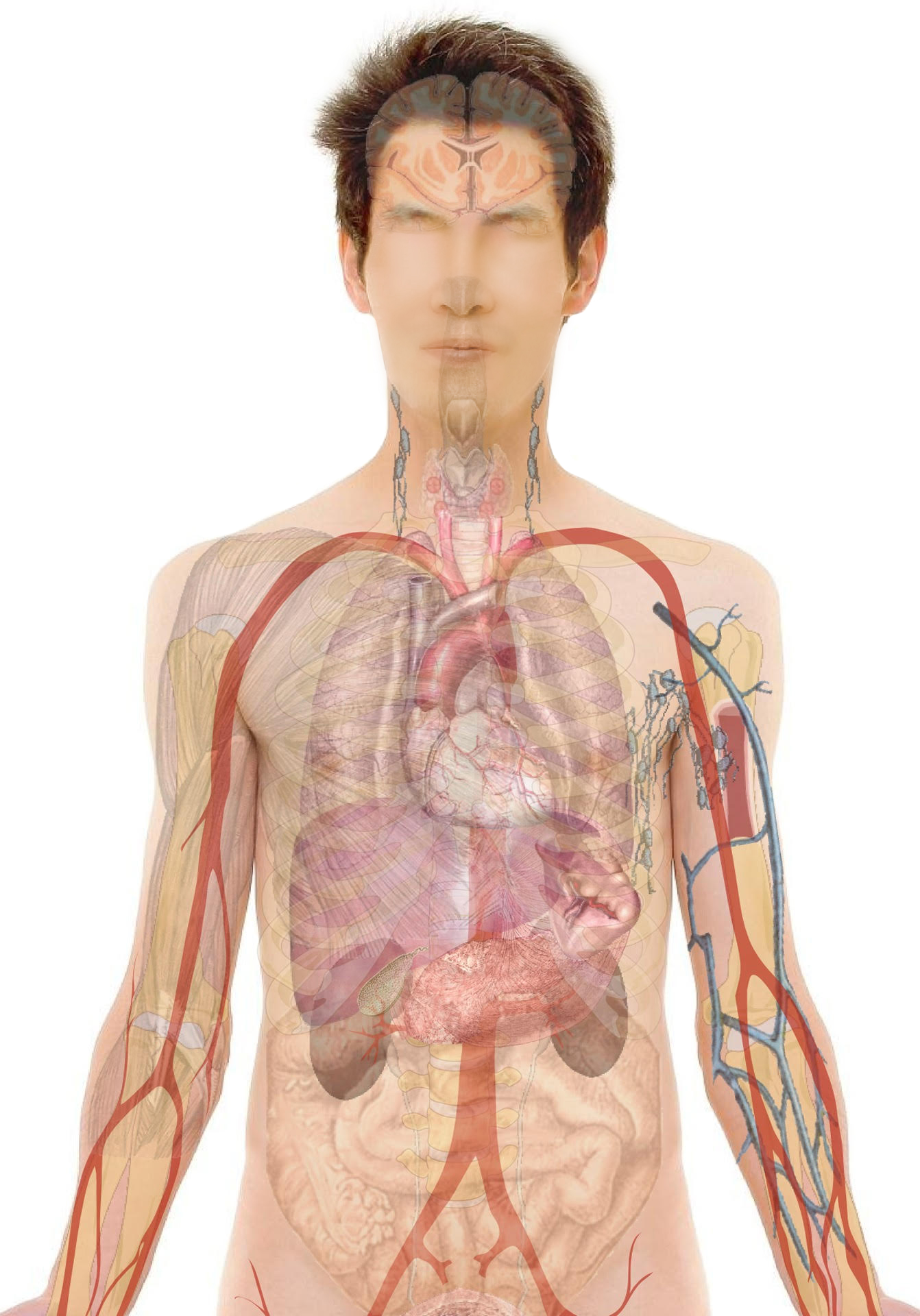Definition and Causes:
DEFINITION:
- Cataracts are formed by the accumulation of cell debris in the lens of the eye
- Can occur in one or both eyes
- Creates a clouding effect interfering with vision
- Leads to partial or complete blindness
The three most common types of senile (age-related) cataracts as defined by their location within the lens are:
- Nuclear: Cataract initially develops near the center of the lens. Progresses slowly with no initial deterioration of vision, however, cataract becomes denser and cloudier, causing severe blurring of vision
- Cortical: Develops around the edge of the lens and does not initially interfere with vision. However, the cataract may progress to the center of the lens, leading to impaired vision
- Posterior Subscapular: Forms near the back of the lens, causing nearsightedness
- Mixed Cataract: More than one type occurring in the same eye
CAUSES:
- Aging
- Physical trauma
- Congenital (birth defect)
- Develops as a complication of some diseases
- Side effect of some medications
Symptoms:
- Decreased visual acuity (clarity or sharpness of vision)
- Difficulty reading the fine print
- Difficulty driving/reading road signs
- Blurring of edges and boundaries
- Double vision in the affected eye
- Sensitivity to light and glare
- Seeing halos around light
Investigations and Treatment:
INVESTIGATION:
Eye Examination:
- Visual acuity: Patients are asked to read letters and/or numbers from a chart, from large to small, using each eye separately
- Ophthalmoscopy: A device called an ophthalmoscope is held up to the pupil of the eye allowing the physician to observe and examine the inside of the eye. Sometimes eye drops are used to widen the pupil for a better examination
- Slit-lamp examination: A bright magnifying lamp is used at close range to investigate for abnormalities in the lens, iris, and cornea
- Tonometry: A device is used to check for increased pressure within the eye. Tonometry may be contact or non-contact. Anesthetic eye drops may be used if required
TREATMENT:
If the cataracts are progressing and interfering with vision and daily activities, doctors may advise one of three surgical procedures. If both eyes are affected, surgery is performed on different days. Typically the surgeries are performed under a local anesthetic (the area is numbed, but the patient is still awake) and the patient is able to go home on the same day. Two common procedures are:
Extra-Capsular Cataract Extraction (ECCE):
- A relatively small incision is made and the central part of the lens is frozen or broken up, then removed and replaced with a plastic lens, known as an Intra Ocular Lens implant (IOL)
Intra-Capsular Cataract Extraction (ICCE):
- The entire lens is removed and replaced with an IOL. This method is rarely used in locations where high tech equipment is available as larger incisions are required; there is a longer healing period and a higher likelihood of complications
Complications are unlikely but can result from both types of surgery including:
- Higher risk of retinal detachment
- Inflammation of the inner eye; typically due to infection
- Clouding of the lens; may occur 2 to 3 years after surgery
Risk Factors and Prevention:
Common causes:
– Age (most common cause)
– Systemic diseases
- Diabetes
- High triglycerides (fatty substances in the blood)
- Kidney disorders
- Low blood calcium levels
- Down syndrome
– Ocular diseases
- Ocular tumours
- Myopia
- Inflammation of the iris
- Retinal detachment
- Ocular surgery
- Some type of glaucoma
– Environmental factors
- Ultraviolet light
- Radiation
- Smoking
- Trauma
– Medications
- Chronic oral corticosteroid use and possibly prolonged administration of high doses of inhaled corticosteroids
- Amiodarone (some heart conditions)
- Allopurinol (gout)
- Phenothiazines (some mental illnesses)
Risk factor management:
Modifiable risk factors:
- High blood pressure
- High blood sugar
- Obesity
- Reduce salt intake
- Weight loss
- Comply with prescribed medications
- Comply with recommended dietary guidelines
- Dehydration
- Consume adequate daily volumes of water
- Exposure to UV light (sunlight)
- Reduce exposure to bright sunlight
- Wear appropriate sun protection
- Smoking
- Quit smoking, avoid exposure to second-hand smoke
- Anti-oxidants:
- Consume anti-oxidant rich foods such as broccoli, tomatoes, and grapes
- Systemic Corticosteroid use and possibly prolonged administration of high doses of inhaled corticosteroids (found in some drugs used to treat a wide range of conditions)
- Alcohol
- Avoid excess alcohol consumption
Non-Modifiable risk factors:
- Some kidney disorders
- Down syndrome
- Short-sightedness (Myopia)
- Retinal detachment/retinal surgery
- Blunt trauma
Outcome:
- Successful surgery typically results in improved vision, allowing the patients to carry out routine activities without discomfort
- Patients may be required to obtain prescriptions for contact lenses/glasses if there are residual refractive errors with the new intraocular lens
- In some cases, the cataract may be removed and the intraocular lens installed at a later date. In such cases, patients may be prescribed special aphakic eyeglasses








